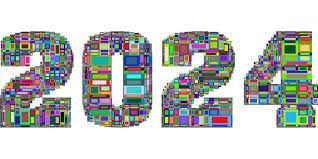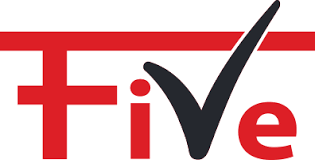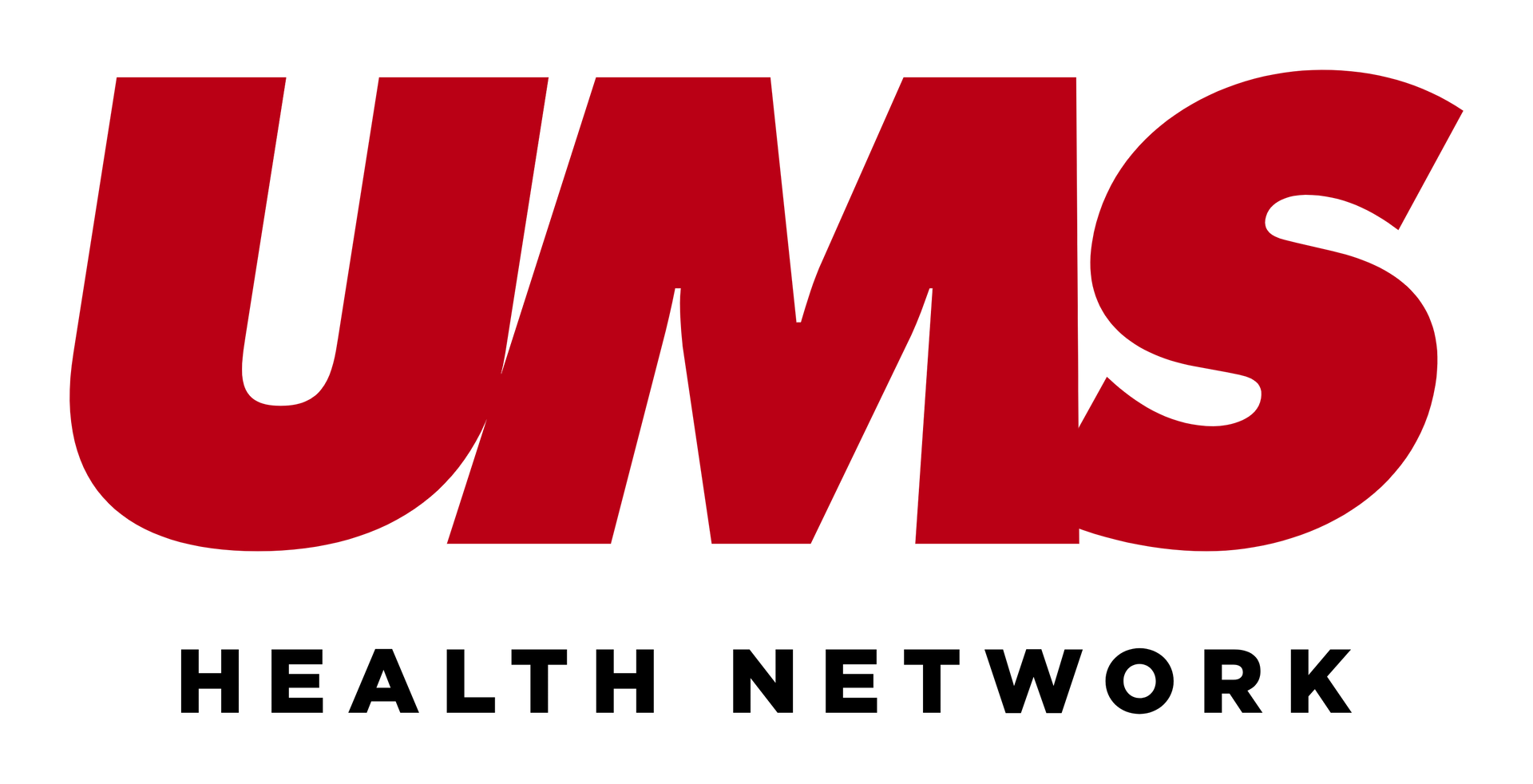Challenging Innovators to Design for Older Adults: 2014 -2024
 In the tech innovation world, a decade is both a long and short time.
In 2014, AARP’s Health Innovation @50+ sponsored a report, Challenging Innovators: Matching Offerings to the Needs of Older Adults. It was published in June of 2014 in conjunction with a Venture Summit event run by Mary Furlong and Associates. This was exactly a decade prior to this year’s What’s Next Longevity Venture Summit.
In the tech innovation world, a decade is both a long and short time.
In 2014, AARP’s Health Innovation @50+ sponsored a report, Challenging Innovators: Matching Offerings to the Needs of Older Adults. It was published in June of 2014 in conjunction with a Venture Summit event run by Mary Furlong and Associates. This was exactly a decade prior to this year’s What’s Next Longevity Venture Summit.
Ten years later. The two events are parallel, both laser-focused on needed innovation to benefit older adults. In that respect, nothing has changed, except the investors, featured companies and presenters, of course. Oh, and the population. In 2014, there were 100 million individuals aged 50+, now 123 million in 2024, all reaching age 65 at the rate of 10 thousand per day. All baby boomers (born 1946-1964) will be aged 65 by 2030.
Still valid -– advice from experts on how not to succeed in a murky market. They range from the obvious but ignored concepts of understanding who else was in the entrepreneur’s chosen market (“No, I don’t really know, but surely we are better.”) Or reading the wrong tea leaves or basing a product on personal experience (“My grandmother fell down.”) How about fielding a survey before spending investor’s money -- sounds crazy, huh? Or conducting focus groups, even less prevalent today. Or believing that a direct to consumer approach was affordable or scalable – before the broad adoption of social-media based marketing or the introduction of Conversational AI.
Some business strategies have proven the test of time. Identifying personas, rather than age, that help match a product to need, made sense to interviewees. Watch for regulatory shifts and leverage them. At the time, the Affordable Care Act incentives, for example. Or price disruption from miniaturization in the hearing aid market, and today’s price disruption from over-the-counter sales channel. Separate user interfaces from physical devices – making software portable across platforms. Identify partnerships early (before launching) that can help propel adoption and long-term success, whether commercially or with non-profits.
Design for all, customize on need. This concept has withstood the test of a decade. A technology buyer or influencer has different needs at life-stage transition points. Consider death of a spouse, divorce, illness, disability, loss of vision or hearing. Today’s accessibility features on smartphones are good examples of software-based customizations that can match a new requirement with an existing device. Blend the online and offline experiences – a driver has watched the video about seat adjustment in a new car – does the actual car match it? Simplify processes – a decade ago the concept of self-installation was not quite there for many tech offerings. Today, users at every age expect it and are disappointed when they cannot figure out what to do next. Chatbots may be forging a new path to assisting as needed -- but the jury is still out as to whether that replaces live training.
[Check out the 2024 update Market Overview Technology for Aging -- including policy changes, recent tech trends and multiple companies added to the list of entrants.]








